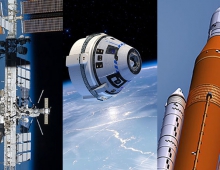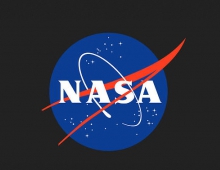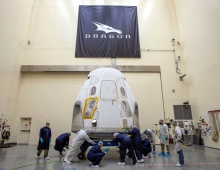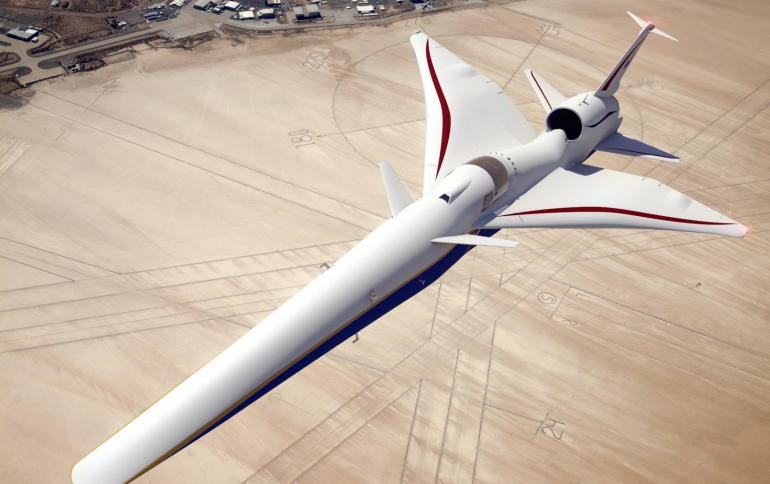
NASA’s X-59 QueSST Quiet Supersonic Aircraft Under Development by Lockheed Martin
NASA has officially committed to a development timeline that will lead to the first flight of its X-59 Quiet Supersonic Technology (QueSST) aircraft in three years.
This critical milestone comes after a review, Key Decision Point-C (KDP-C), that confirmed NASA’s continued support of the X-59, in terms of funding, and established an achievable development timeline for NASA’s first piloted, full-size X-plane in more than three decades.
"This aircraft has the potential to transform aviation in the United States and around the world by making faster-than-sound air travel over land possible for everyone," said NASA Administrator Jim Bridenstine. "We can’t wait to see this bird fly!"
KDP-C commits NASA to the full X-59 development effort through flight-testing in 2021. The cost and schedule commitments outlined in KDP-C align the project with program management best practices that account for potential technical risks and budgetary uncertainty beyond the project’s control.
A single pilot is to fly the 94-foot-long, 29.5-foot-wide X-59 aircraft powered by a single jet engine. It is designed to cruise at 55,000 feet at a speed of about 940 mph and create a sound about as loud as a car door closing, 75 Perceived Level decibel (PLdB), instead of a sonic boom. The supersonic aircraft will be flown above select U.S. communities to measure public perception of the noise. It will help NASA establish an acceptable commercial supersonic noise standard to overturn current regulations banning supersonic travel over land. NASA expects that the data will help regulators establish new rules for commercial supersonic air travel.

Management of X-59 QueSST development falls under the Low Boom Flight Demonstrator project, part of the Integrated Aviation Systems Program in NASA’s Aeronautics Research Mission Directorate.
Lockheed Martin Skunk Works has already began manufacturing the first part for the X-59 Quiet Supersonic Technology aircraft.
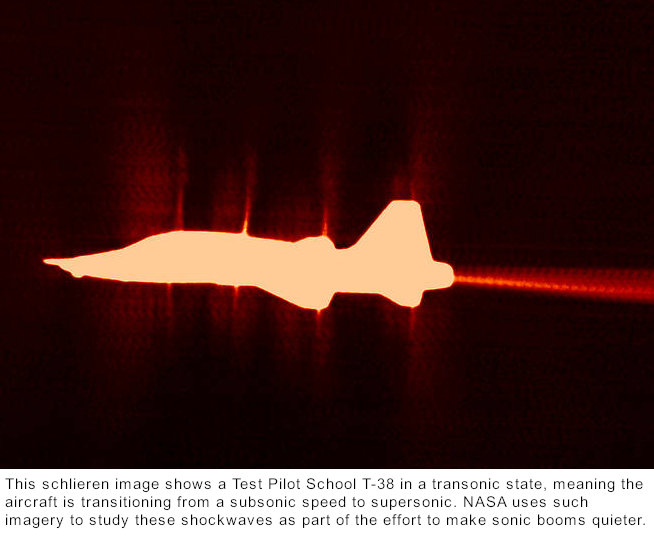
"The long, slender design of the aircraft is the key to achieving a low sonic boom. As we enter into the manufacturing phase, the aircraft structure begins to take shape, bringing us one step closer to enabling supersonic travel for passengers around the world," said Peter Iosifidis, Low Boom Flight Demonstrator program manager Lockheed Martin Skunk Works.





